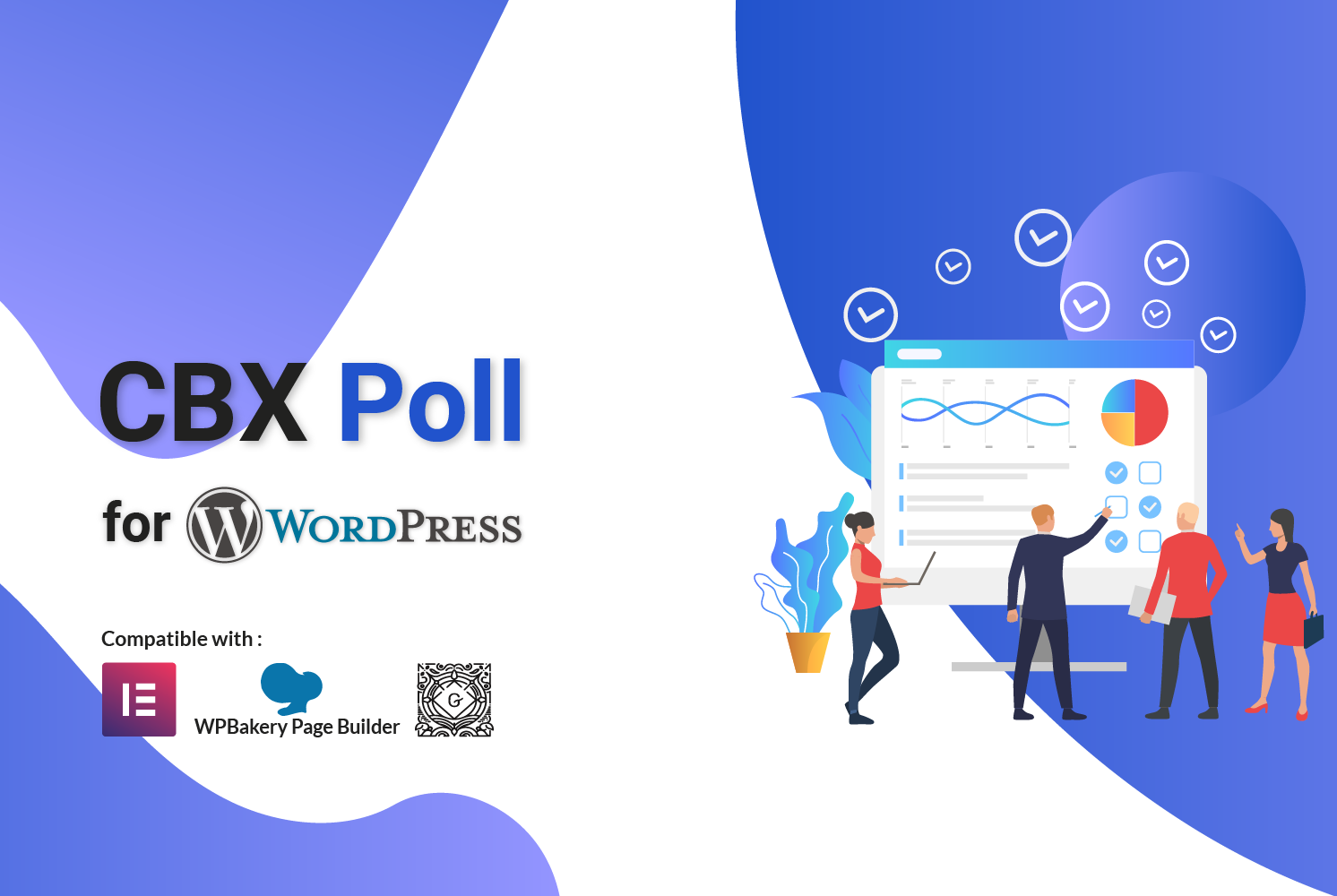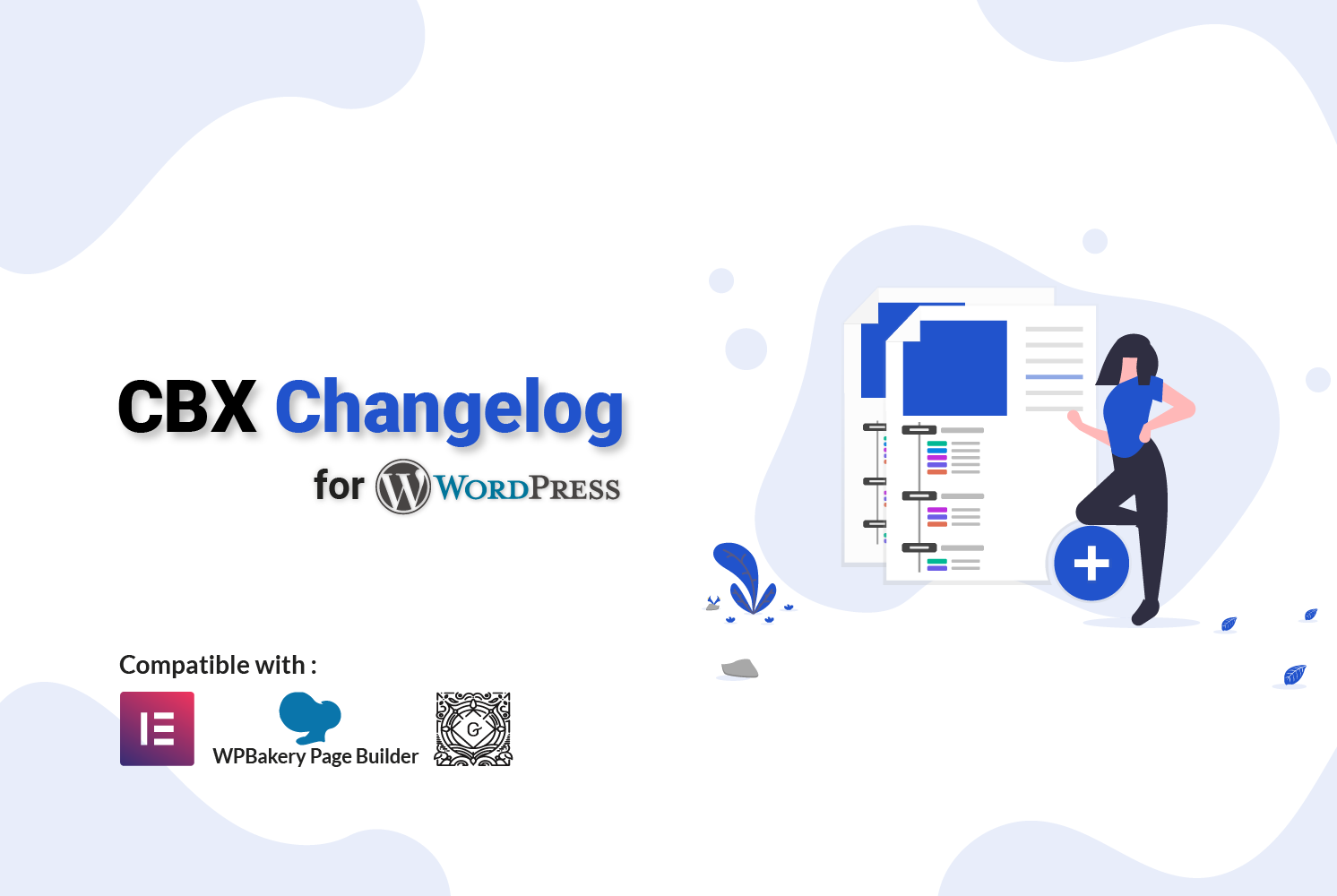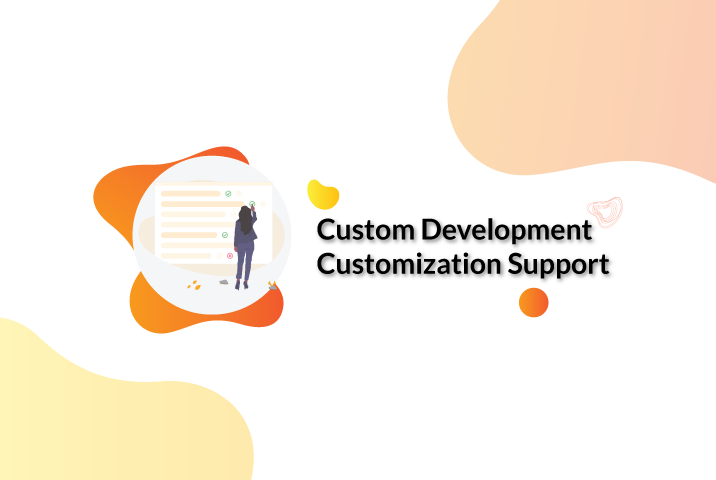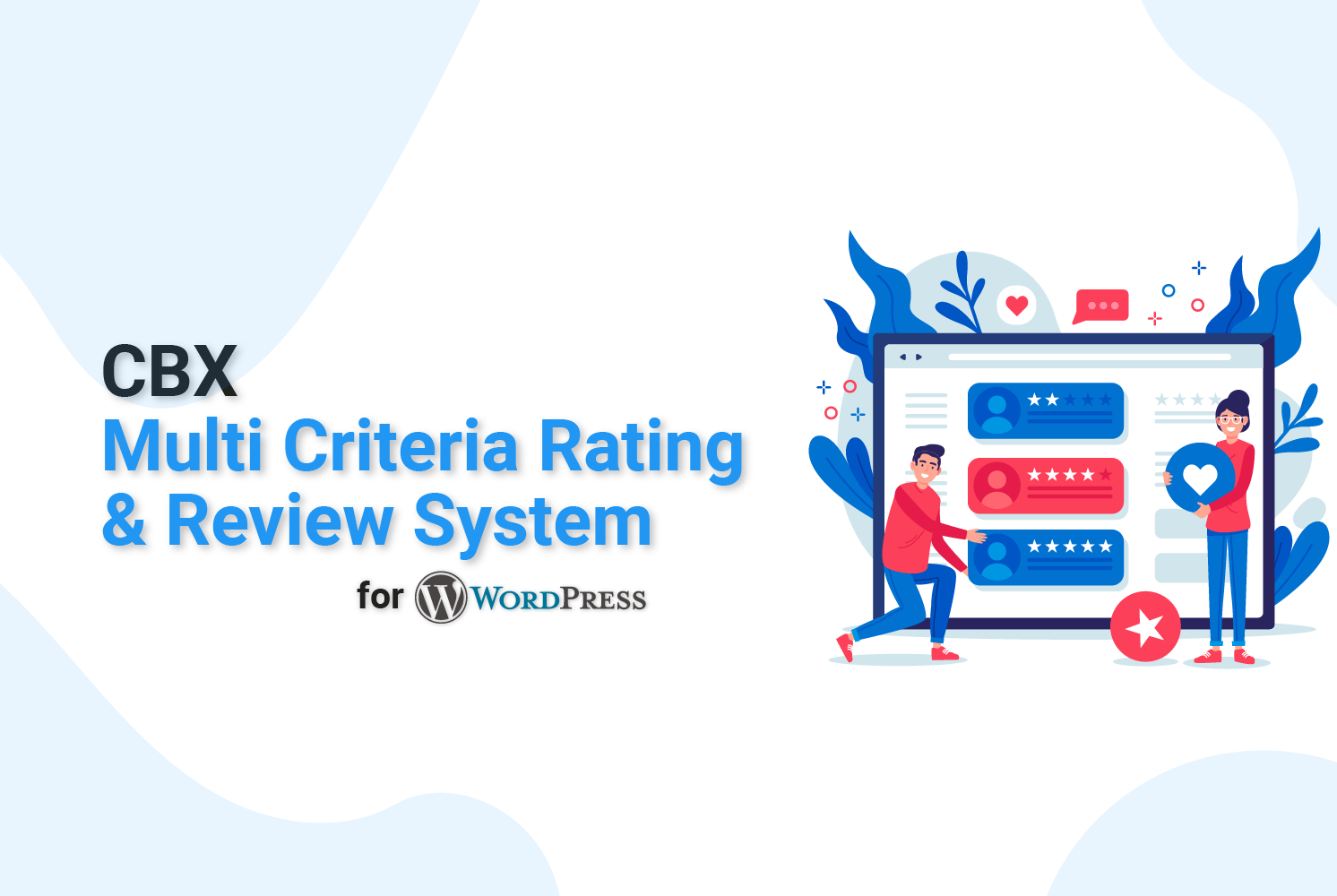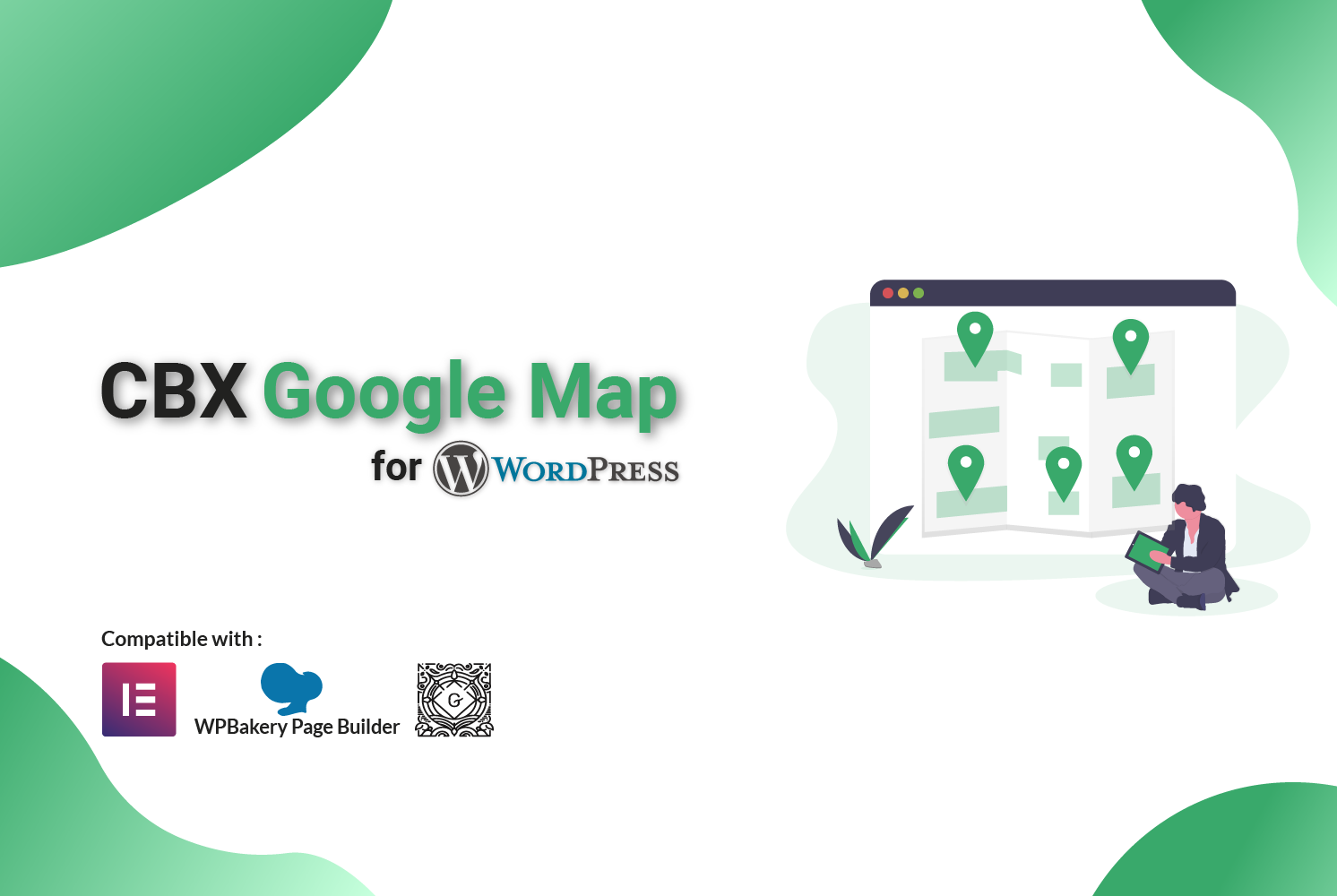Unleash Your Potential: 10 Game-Changing AI Tools for Modern Developers
The landscape of software development is constantly evolving, and Artificial Intelligence (AI) is at the forefront of this transformation. AI tools are no longer just futuristic concepts; they are indispensable companions for developers seeking to enhance productivity, accelerate development cycles, and craft higher-quality code. If you’re a developer looking to supercharge your workflow, diving into the world of AI-powered tools is a must. This article highlights 10 interesting AI tools that are making a significant impact on the developer experience in 2025.
1. GitHub Copilot: Your AI Pair Programmer
What it is: GitHub Copilot is an AI-powered coding assistant that provides real-time code suggestions and autocompletion right within your Integrated Development Environment (IDE). Trained on billions of lines of public code, it understands context and suggests entire lines or blocks of code, documentation, and even tests.
Why it’s interesting: Copilot acts like an intelligent pair programmer, drastically speeding up coding by reducing repetitive typing and boilerplate generation. It supports numerous programming languages and integrates seamlessly with popular IDEs like VS Code, JetBrains, and Neovim.
Links: GitHub Copilot Official
2. Cursor: The AI-First Code Editor
What it is: Cursor is an AI-assisted code editor built on top of VS Code, offering advanced features like context-aware suggestions, natural language processing for code generation, and AI pair programming. It allows you to describe what you need in plain language, and Cursor helps turn it into executable code.
Why it’s interesting: Beyond simple autocompletion, Cursor enables powerful natural language interaction with your codebase. It understands your project context, helping you refactor, explain, unit test, and document code with ease. It maintains the familiar VS Code interface while adding powerful AI capabilities.
Links: Cursor Official
3. Windsurf (formerly Codeium): Powerful AI Code Editor
What it is: Windsurf is another robust AI-powered code editor, also built on VS Code. It focuses on providing comprehensive AI assistance for coding, debugging, and project development, claiming to make programming significantly faster by reducing debugging time and offering advanced code completion.
Why it’s interesting: Windsurf aims to create a “magic” coding experience with features like “Cascade,” an agent that anticipates your needs and handles complex codebases. It provides first-class support for various LLM providers and offers a streamlined user experience, making it highly competitive in the AI code editor space.
Links: Windsurf Official
4. Gemini Code Assist: Google’s AI Coding Assistant
What it is: Gemini Code Assist brings the power of Google’s Gemini 2.5 large language model directly into your favorite IDEs. It offers code generation, transformation, and refactoring capabilities, along with a code-aware chat interface.
Why it’s interesting: With a large context window, Gemini Code Assist provides highly relevant suggestions and responses, leveraging your entire codebase. It also includes an open-source CLI for terminal-based AI assistance and can even review pull requests on GitHub, making development faster and more reliable.
Links: Gemini Code Assist Official
5. Tabnine: Private and Personalized Code Completion
What it is: Tabnine is an AI code completion tool that differentiates itself by focusing on privacy and personalization. It learns from your coding patterns and provides intelligent code suggestions while ensuring your code remains private and secure.
Why it’s interesting: Tabnine offers whole-line, full-function, and natural language to code completion. It supports over 25 programming languages and 15 code editors. Its emphasis on connecting AI models to your organization’s codebase for improved, secure suggestions makes it a strong choice for enterprise environments.
Links: Tabnine Official
6. TensorFlow: The Open-Source ML Powerhouse
What it is: TensorFlow is an open-source machine learning library developed by Google. It’s a foundational tool for building and training a wide variety of machine learning models, from simple neural networks to complex deep learning architectures.
Why it’s interesting: For developers venturing into machine learning or integrating AI capabilities into their applications, TensorFlow provides a robust and flexible ecosystem. It’s widely used for research and production, offering comprehensive tools for data preparation, model training, and deployment across various platforms.
Links: TensorFlow Official
7. PyTorch: Flexible Deep Learning Framework
What it is: PyTorch is another open-source machine learning library primarily developed by Facebook (Meta AI). It’s known for its flexibility, dynamic computation graph, and Pythonic interface, making it popular for deep learning research and development.
Why it’s interesting: PyTorch is ideal for developers focused on deep learning applications, particularly in areas like computer vision, natural language processing, and reinforcement learning. Its ease of use and strong community support make it a powerful tool for rapid prototyping and complex model building.
Links: PyTorch Official
8. Hugging Face: NLP Models and Platform
What it is: Hugging Face is a platform that provides an extensive collection of pre-trained natural language processing (NLP) models, datasets, and tools. It’s a central hub for anything related to NLP and transformers, making advanced language AI accessible.
Why it’s interesting: For developers working with text data, building chatbots, sentiment analysis tools, or translation services, Hugging Face is invaluable. It simplifies the use of complex NLP models and fosters collaboration within the AI community. This directly enhances your ability to create powerful language-based applications, much like how understanding PHP libraries is crucial for server-side functionalities.
Links: Hugging Face Official
9. ChatGPT (and other LLMs): The Versatile AI Assistant
What it is: While not a single developer tool in the traditional sense, large language models (LLMs) like OpenAI’s ChatGPT have become indispensable for developers. They can generate human-like text, answer questions, write code, debug, explain concepts, and even draft documentation.
Why it’s interesting: LLMs offer unparalleled versatility. Developers can use them for quick prototyping, understanding complex APIs, generating test data, or brainstorming solutions. They act as a general-purpose AI assistant that can significantly reduce the time spent on research and mundane tasks, enhancing overall online visibility for your projects and solutions.
Links: ChatGPT Official
10. v0: AI for UI Generation
What it is: V0 is an AI tool designed for creating and iterating new user interface (UI) components directly in your browser. It leverages AI to generate UI based on prompts, sketches, or even existing designs, significantly streamlining the frontend development process.
Why it’s interesting: For developers who need to quickly prototype UIs or generate production-ready frontend code, v0 is a game-changer. It helps bridge the gap between design and development by automating the initial UI creation, allowing developers to focus on functionality and user experience. This level of automation is becoming increasingly important in modern web development, much like how WordPress development has evolved with new tools and practices.
Links: v0 Official
Embrace the AI Revolution in Development
The integration of AI into the developer workflow is no longer a luxury but a necessity for staying competitive. These 10 tools represent just a fraction of the innovative AI solutions available, each offering unique ways to enhance productivity, improve code quality, and make the development process more enjoyable. By exploring and adopting these technologies, you can unlock new levels of efficiency and creativity in your projects.
What are your favorite AI tools for development? Share your thoughts in the comments below!

